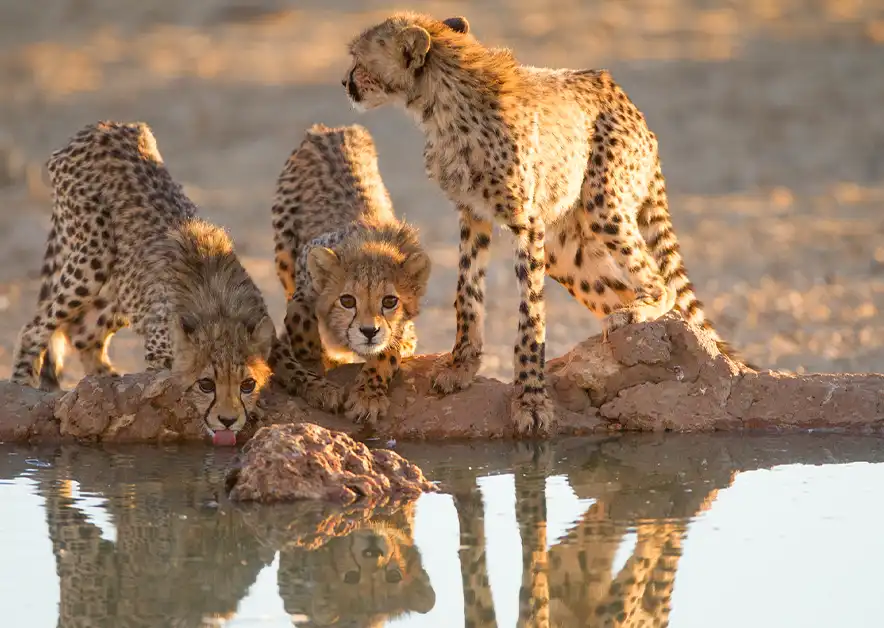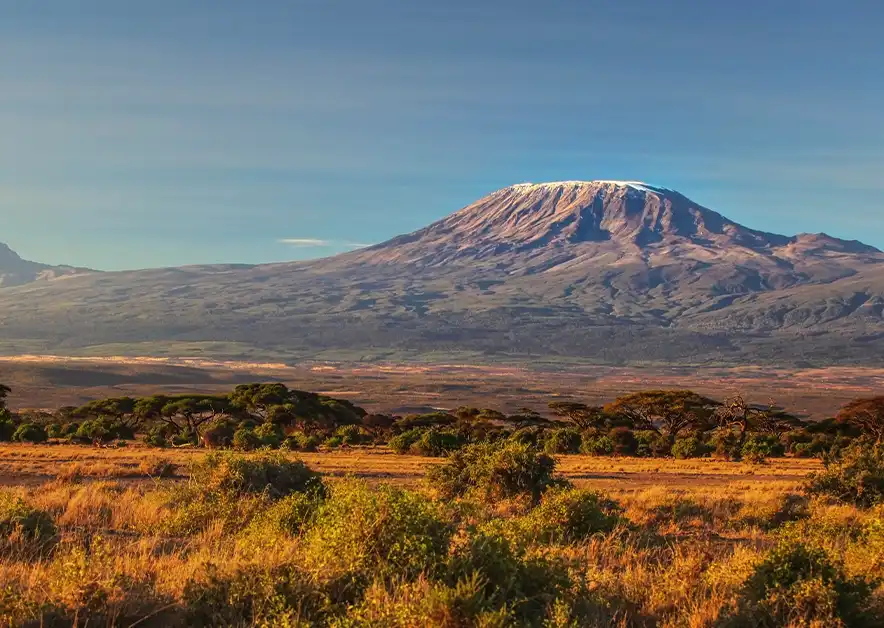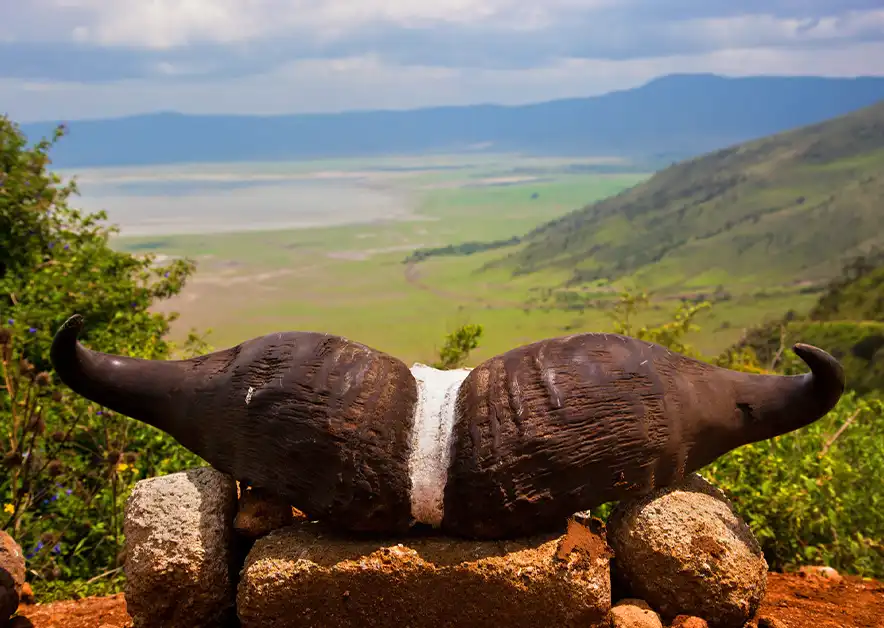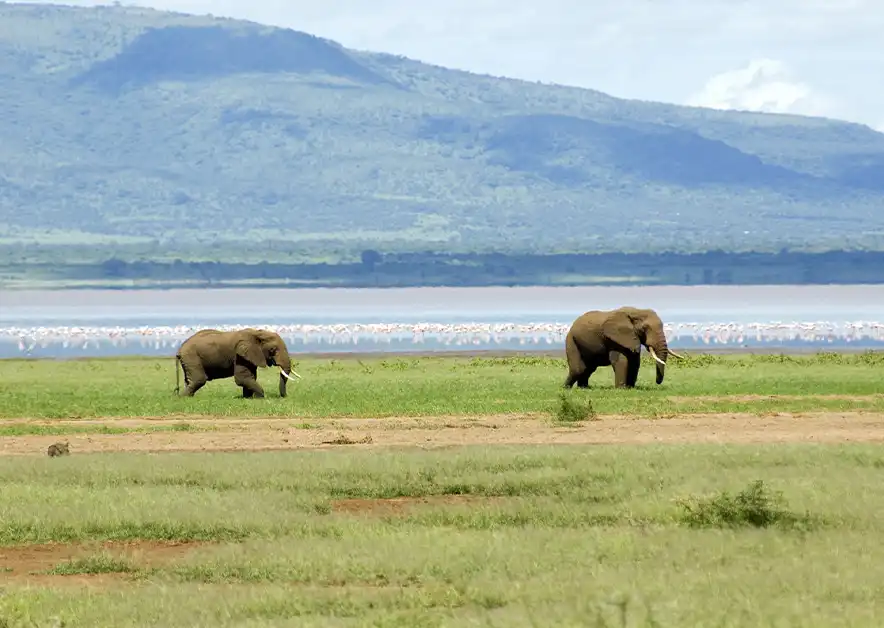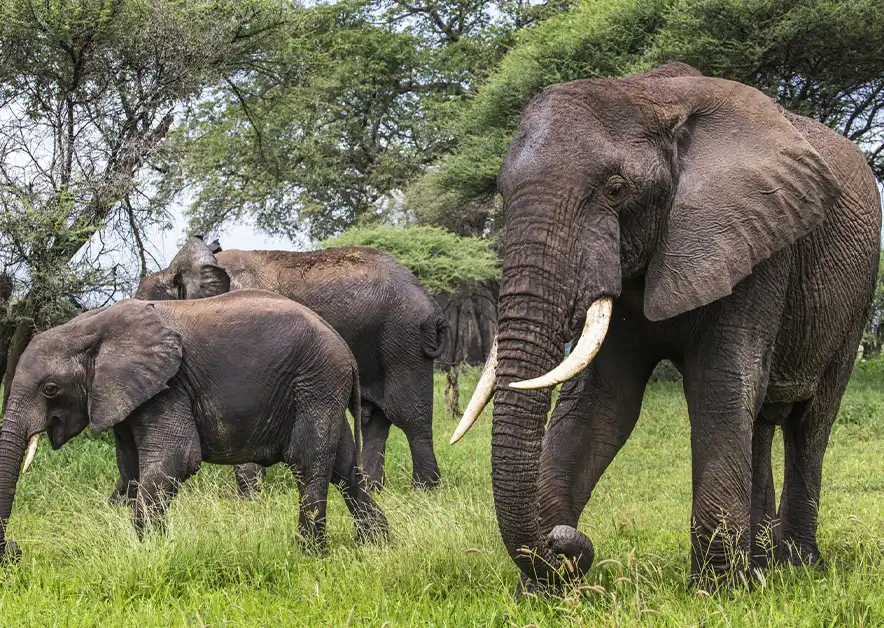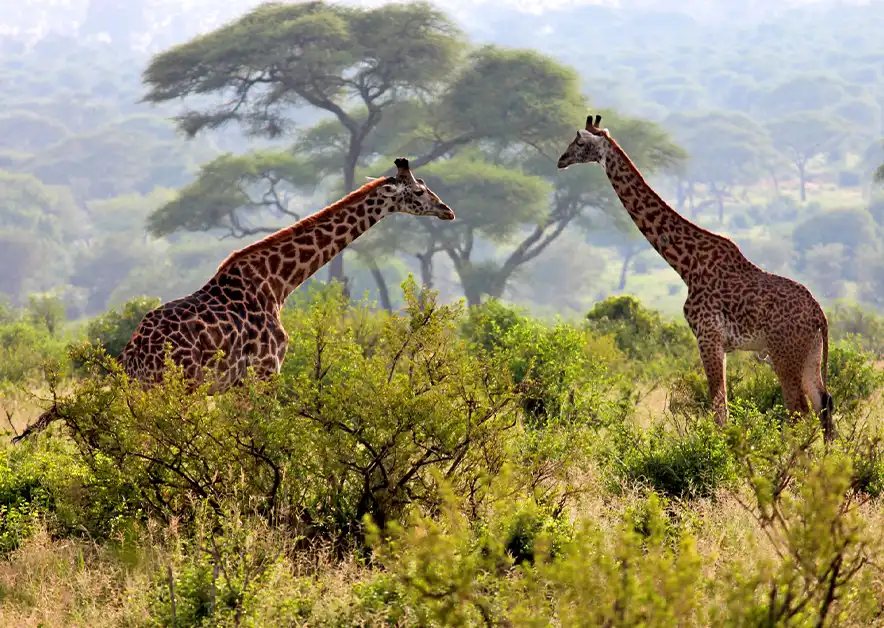Safari Packing List
Going on a safari is a thrilling experience, but proper packing is essential to ensure you’re prepared for everything from the hot daytime sun to the cool evenings. Here’s a comprehensive safari packing list, divided by categories, to help you get organized.
Clothing Essentials
Your clothing should be comfortable, practical, and suited to the climate and activities. Neutral colors like khaki, beige, and olive are ideal as they blend into the natural environment and deter insects.
| Clothing Item |
Recommendation |
Why You Need It |
| Lightweight Long-Sleeved Shirts |
2-3, neutral colors |
Sun protection, keeps you cool during hot days |
| T-Shirts |
2-3, moisture-wicking |
Comfortable for layering and cooler mornings |
| Long Trousers/Convertible Pants |
2-3 pairs, of lightweight fabric |
Protection from sun, insects, and thorny bushes |
| Shorts |
1-2 pairs |
Comfortable for warm days and casual lodge time |
| Fleece or Warm Jacket |
1 (lightweight but warm) |
Early mornings and evenings can be cold, especially on game drives |
| Waterproof Jacket or Poncho |
1 (packable) |
Useful in rainy seasons or for unexpected showers |
| Wide-Brimmed Hat |
1 (with a strap to secure in windy conditions) |
Essential for sun protection |
| Bandana or Scarf |
1-2 |
Protects from dust and sun |
| Swimsuit |
1 |
Many lodges have pools, and it’s useful for beach extensions |
Footwear
| Footwear Item |
Recommendation |
Why You Need It |
| Sturdy Hiking Boots |
1 pair (lightweight, comfortable, and broken in) |
Great for walking safaris, rough terrain, and game drives |
| Sandals/Flip Flops |
1 pair |
Comfortable for downtime at the lodge or campsites |
| Lightweight Sneakers |
1 pair (breathable) |
Ideal for casual wear around the camp or lodge |
Safari Gear and Accessories
| Gear Item |
Why You Need It |
| Binoculars (8x or 10x magnification) |
Vital for wildlife viewing from a distance |
| Sunglasses (with UV protection) |
Protect your eyes from the harsh sun |
| Sunscreen (SPF 30 or higher) |
Essential for sun protection, especially in open vehicles |
| Insect Repellent (DEET or picaridin) |
To ward off mosquitoes and other insects |
| Daypack (small, 20L-30L) |
To carry your essentials on game drives or walks |
| Camera (with extra memory cards and batteries) |
Capture the incredible wildlife and landscapes |
| Travel Adapter (if needed) |
Plug types vary depending on the country |
| Water Bottle (refillable, insulated) |
Staying hydrated is crucial on long-game drives |
| Flashlight or Headlamp |
Useful for walking around lodges or campsites at night |
| Travel Pillow |
For comfort on long drives or flights |
| Ziplock Bags (various sizes) |
Useful for organizing small items and protecting gear |
Personal Care Items
| Item |
Why You Need It |
| Toiletries (toothbrush, toothpaste, shampoo, soap) |
Basic hygiene essentials |
| Wet Wipes/Hand Sanitizer |
Great for staying clean when water is scarce |
| Lip Balm (with SPF) |
Prevent chapped lips from sun and wind |
| First Aid Kit (basic) |
Include band-aids, antiseptic cream, and any medications |
| Prescription Medications |
Bring enough for the duration of your trip |
| Malaria Medication (if prescribed) |
Many areas in Africa are malaria zones |
| Travel Towel (quick-drying) |
Useful for both safari and beach stops |
Documents and Important Items
| Document/Item |
Why You Need It |
| Passport (valid for 6 months) |
Required for international travel |
| Vaccination Certificates (Yellow Fever, COVID-19) |
Many countries require proof of vaccination |
| Visa (if applicable) |
Check entry requirements for your destination |
| Travel Insurance Documents |
Essential for medical emergencies or trip cancellations |
| Copies of Important Documents |
Make copies of your passport, visa, and insurance details |
| Credit Card & Cash (local currency and USD) |
Useful for tipping, buying souvenirs, or emergencies |
| Itinerary and Confirmation Numbers |
Keep these on hand for safaris, lodges, and flights |
Technology and Entertainment
| Tech Item |
Why You Need It |
| Smartphone and Charger |
For navigation, photos, and communication |
| Power Bank (portable charger) |
Ideal for charging devices during long game drives |
| E-Reader or Book |
Great for downtime at the lodge |
| Noise-Canceling Headphones |
Useful during flights or for blocking out lodge noises |
| Portable Wi-Fi Hotspot (optional) |
Stay connected in remote areas if needed |
Safari Packing Tips
- Pack Light: Most safari lodges and camps offer laundry services, so you don’t need to overpack. Stick to versatile items that can be layered for warmth.
- Neutral Colors: Stick to neutral tones (khaki, olive, brown) to blend in with the environment and avoid attracting unwanted attention from wildlife or insects.
- Layers Are Key: Mornings and evenings can be chilly, while midday temperatures rise. Packing layers will keep you comfortable throughout the day.
- Hard-sided Luggage or Duffel Bags: Many safaris involve small aircraft with strict luggage weight limits (typically 15 kg or 33 lbs) and a preference for soft bags.
Prohibited or Unnecessary Items
Some items are either unnecessary or prohibited when on safari:
| Item |
Reason to Leave It Behind |
| Bright-Colored Clothing |
Attracts insects and may disturb animals |
| Camouflage Clothing |
Prohibited in some African countries for civilians |
| Expensive Jewelry |
Unnecessary and adds the risk of theft or damage |
| Drones |
Most parks prohibit the use of drones due to privacy and safety concerns |
| Hairdryers (unless dual voltage) |
Electricity may be limited at camps and lodges |
Tipping Guide for Safaris
Tipping is customary in many parts of Africa, especially for safari guides and lodge staff. Here’s a general guideline for tipping:
| Service |
Suggested Tip |
| Safari Guide |
$10 – $20 per day, per person |
| Tracker |
$5 – $10 per day, per person |
| Lodge Staff |
$5 – $10 per day (shared amongst staff) |
| Porters |
$1 – $2 per bag |
Final Safari Packing Checklist
- Passport, Visa, and Travel Insurance
- Lightweight and Neutral-Colored Clothing
- Binoculars, Camera, and Chargers
- Sunscreen, Insect Repellent, and Sunglasses
- Water Bottle and Snacks for Game Drives
- First Aid Kit and Medications
- Travel Pillow, E-Reader, or Book for Downtime
By following this packing list, you’ll be well-prepared for your Tanzania safari adventure and ready to experience the best of Africa’s wildlife and landscapes!

